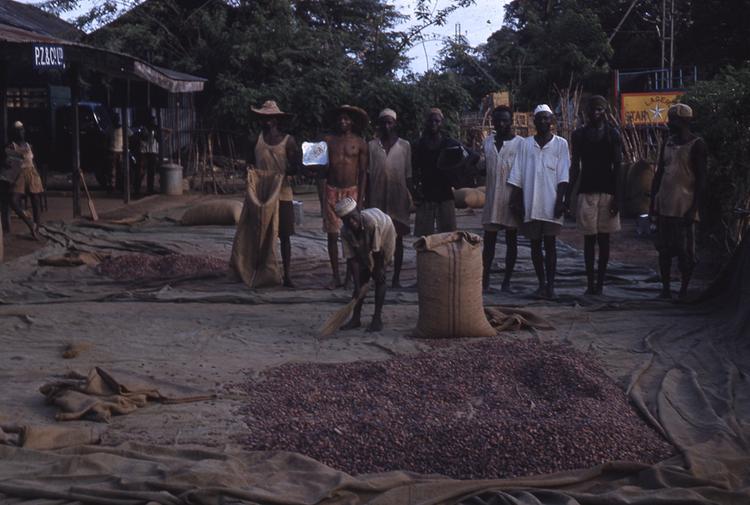
Community Commentary by Ajetunmobi within research project: 'Rethinking Relationships and Building Trust around African Collections' 2021
Cocoa is an essential crop in western Nigeria. Its market value internationally means that people takes it seriously. It is perceived to be the inter-generational wealth of many families because the tree ca last about three to four generations before replanting starts. This picture taken by Stanfield shows young men packing cocoa into the jute bag after sunning. The picture depicts one of two possibilities among many cocoa farmers in the Ondo region. First, it is the scene of a wealthy cocoa farmer who has harvested, fermented and drying his cocoa before selling appropriately. The men standing, apparently part of the workforce, might be his children or workers. Family labour was one of the sources of labour for many cocoa farmers. They also employ the services of labourers especially from central Nigeria and Cross river axis (Ogoja).
Secondly, the scene might represent a community or cooperative store. In most cocoa communities, cooperative existed to help small farm owners and the big farmers to sell their produce to the cocoa board, which was in charge of cocoa production then. The farmers might have come together to dry their produce and ready to repack into the jute bag in order to be stored inside cocoa rack. One prominent thing in drying cocoa, after its fermentation for about 5 days, is the need for regular sunlight for about 7 days to make it dried and ready to be sold. Generally, Cocoa beans are dried on a pavement, on polythene or other sacks that have been knitted together to form a large spreading option.



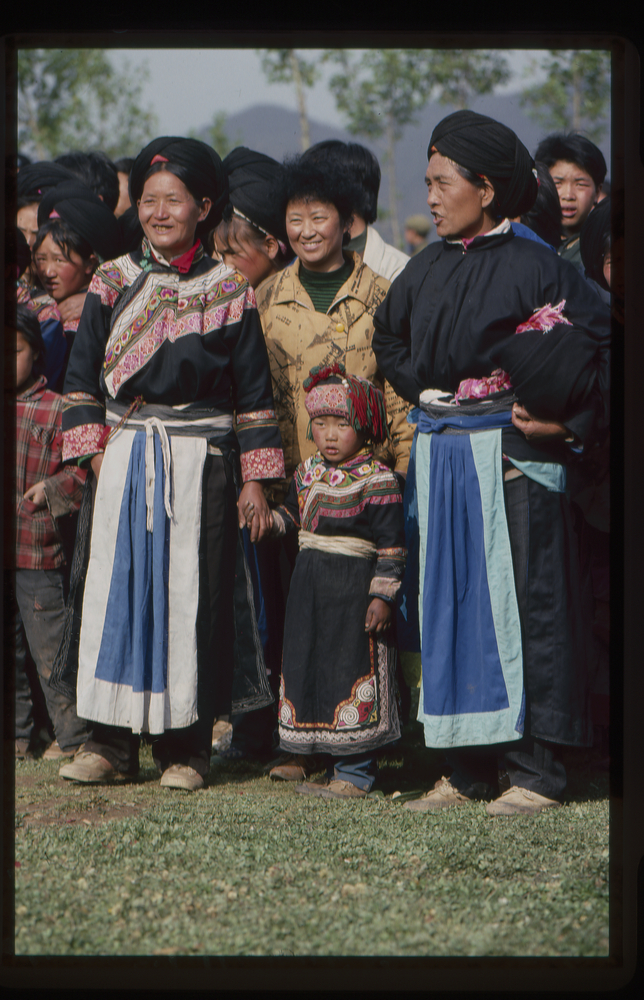
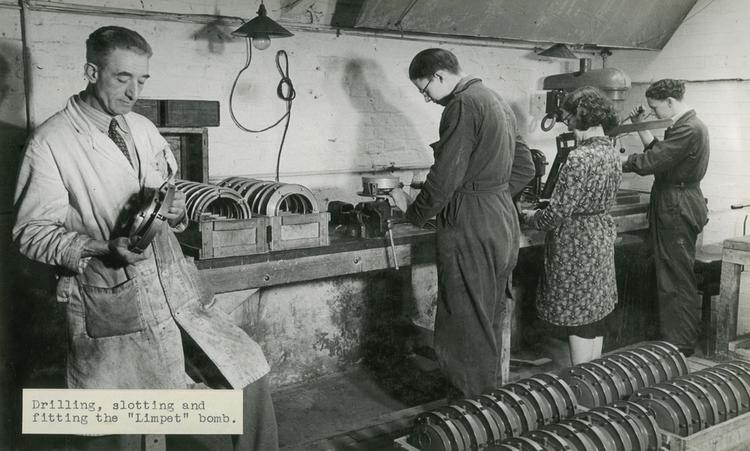
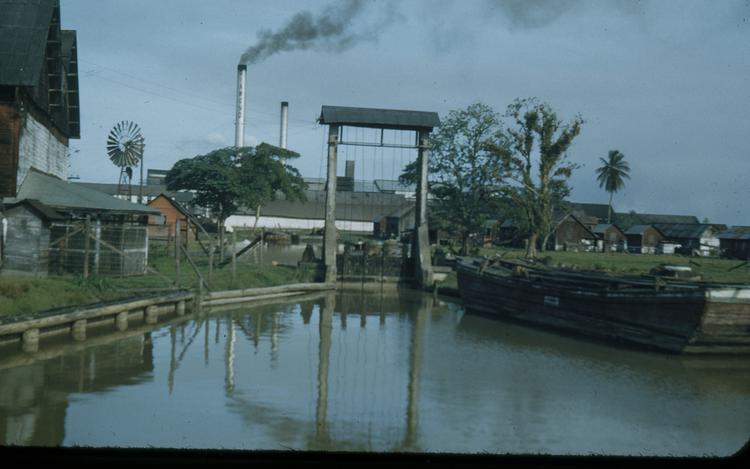
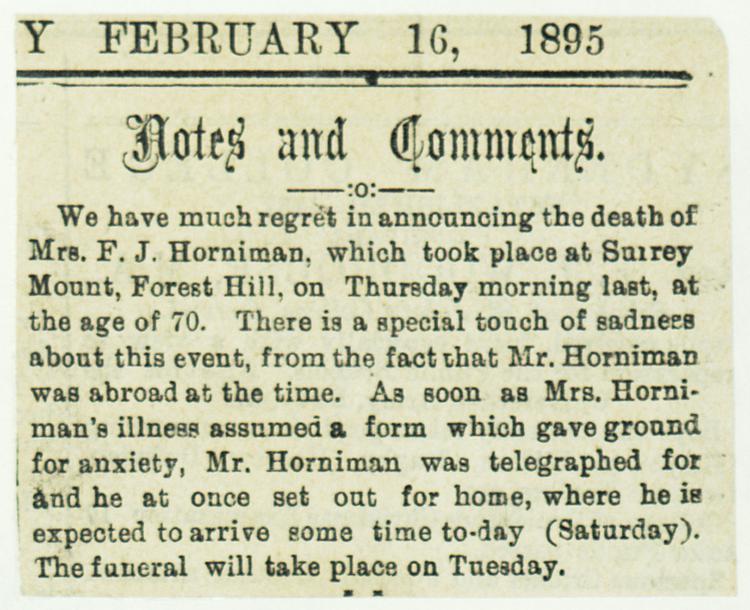




























































































































































































































































































































































































































































































































Community Commentary